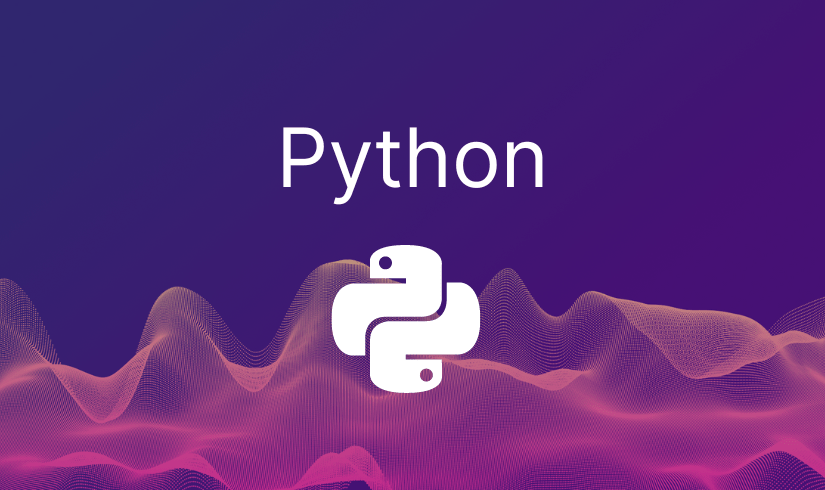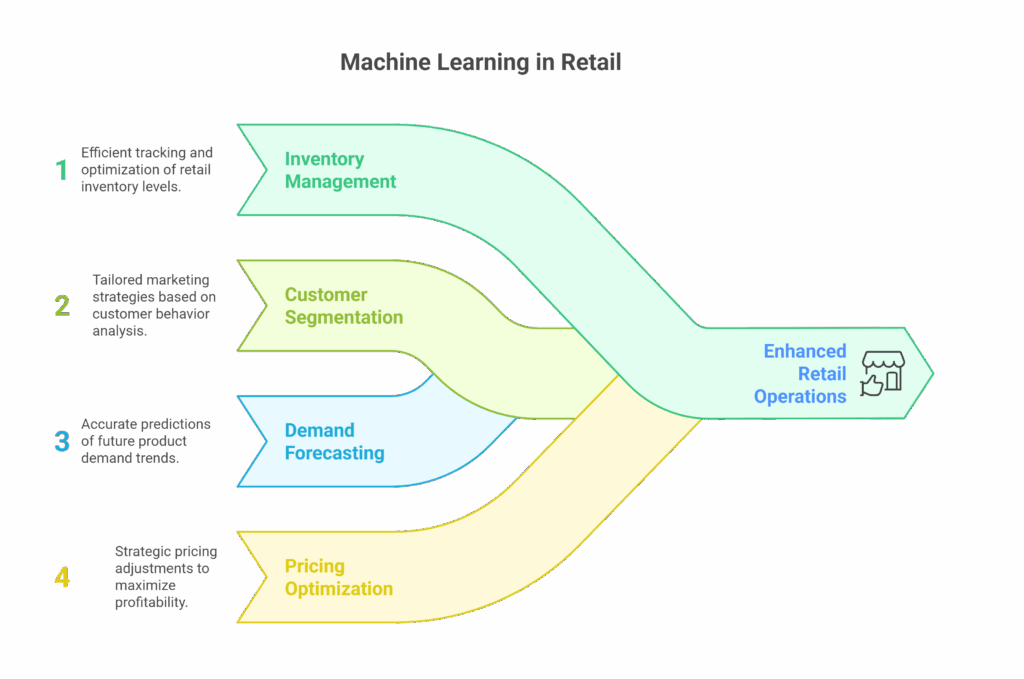Machine Learning: Supervised Machine Learning

Introduction to Machine Learning in Python
Machine Learning is a subset of Artificial Intelligence that enables computers to learn from data and make predictions or decisions without being explicitly programmed. Python has become one of the most popular languages for Machine Learning due to its simplicity, ease of use, and a rich ecosystem of libraries. In this section, we’ll explore the fundamentals of Machine Learning using Python.
Machine Learning Applications
Machine learning has a wide range of applications across various industries and domains. Here are some common machine learning applications:
Image Recognition
Image recognition, also known as computer vision, is the process of identifying and classifying objects or patterns in images or videos. Machine learning models, particularly deep learning models like Convolutional Neural Networks (CNNs), are widely used for image recognition tasks, such as object detection, facial recognition, and scene classification.
Speech Recognition
Speech recognition is the technology that enables computers to understand and interpret human speech. Machine learning algorithms, including Hidden Markov Models (HMMs) and deep learning models like Recurrent Neural Networks (RNNs), are used to convert spoken language into written text. Speech recognition is used in virtual assistants, voice-controlled systems, transcription services, and more.
Recommender Systems
Recommender systems are algorithms that suggest relevant and personalized items or content to users based on their preferences and behavior. Machine learning techniques, such as collaborative filtering and matrix factorization, are commonly used in recommender systems. These systems are widely used in e-commerce, content streaming platforms, and social media sites.
Anomaly Detection
Anomaly detection is the process of identifying unusual patterns or outliers in data that do not conform to the expected behavior. Machine learning techniques, such as One-Class SVM and Isolation Forest, are used to distinguish normal data from abnormal data. Anomaly detection is employed in fraud detection, network intrusion detection, and industrial monitoring.
Future Trends in Machine Learning
Machine learning is a rapidly evolving field, and there are several exciting future trends that are shaping its development and application. Here are some of the key future trends in machine learning:
Explainable AI
Explainable AI refers to the ability of machine learning models to provide interpretable explanations for their predictions. As machine learning models become more complex, understanding the reasons behind their decisions becomes crucial, especially in domains like healthcare, finance, and law. Explainable AI aims to make machine learning models more transparent and trustworthy.
Federated Learning
Federated Learning is a decentralized machine learning approach that allows training models across multiple devices or servers while keeping data localized. It is particularly useful in scenarios where data privacy and security are paramount. Instead of sending data to a central server, federated learning allows models to be trained locally on individual devices, and only the model updates are shared.
Transfer Learning and Few-Shot Learning
Transfer learning is a technique where a pre-trained model is used as a starting point for a new task, often with limited data. It allows models to leverage knowledge gained from one domain to perform well in related domains. Few-shot learning is an extension of transfer learning, where models can adapt to new tasks with just a few examples, mimicking how humans can learn new concepts quickly.
These future trends in machine learning have the potential to revolutionize various industries and pave the way for more sophisticated and ethical applications of artificial intelligence.
Popular Python Libraries for Machine Learning
Python offers several powerful libraries for Machine Learning. Some of the most widely used ones are:
- Scikit-learn: A comprehensive library for various Machine Learning algorithms, data preprocessing, and model evaluation.
- TensorFlow: An open-source deep learning library developed by Google that excels in building and training neural networks.
- Keras: Built on top of TensorFlow, Keras provides a high-level API for quickly prototyping and building deep learning models.
- PyTorch: A popular deep learning library known for its dynamic computation graph and flexibility.
If you are new to python try our Python Foundation Course.
Types of Machine Learning Algorithms Implemented in Python
Machine Learning algorithms can be broadly categorized into the following types, all of which can be implemented using Python:
- Supervised Learning: Algorithms that learn from labeled data to make predictions. Regression algorithms predict continuous values, while classification algorithms categorize data into classes.
- Unsupervised Learning: Algorithms that find patterns and structures in unlabeled data. Clustering algorithms group similar data points, while dimensionality reduction techniques reduce the number of features in a dataset.
- Semi-Supervised Learning: A combination of supervised and unsupervised learning, leveraging both labeled and unlabeled data.
- Reinforcement Learning: Algorithms that learn from interacting with an environment and receiving rewards, training agents to take actions that maximize cumulative rewards.
In the following sections, we’ll delve into each of these types of Machine Learning in Python and explore practical examples and code snippets.


